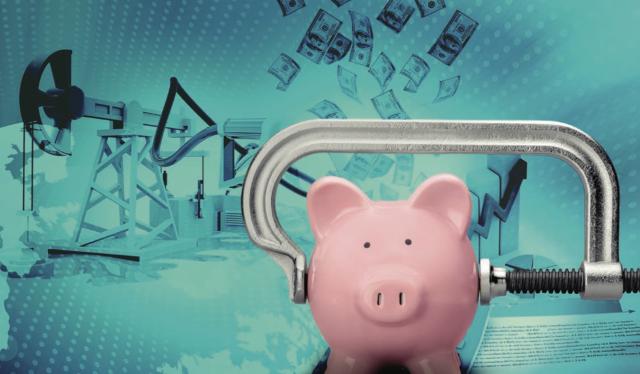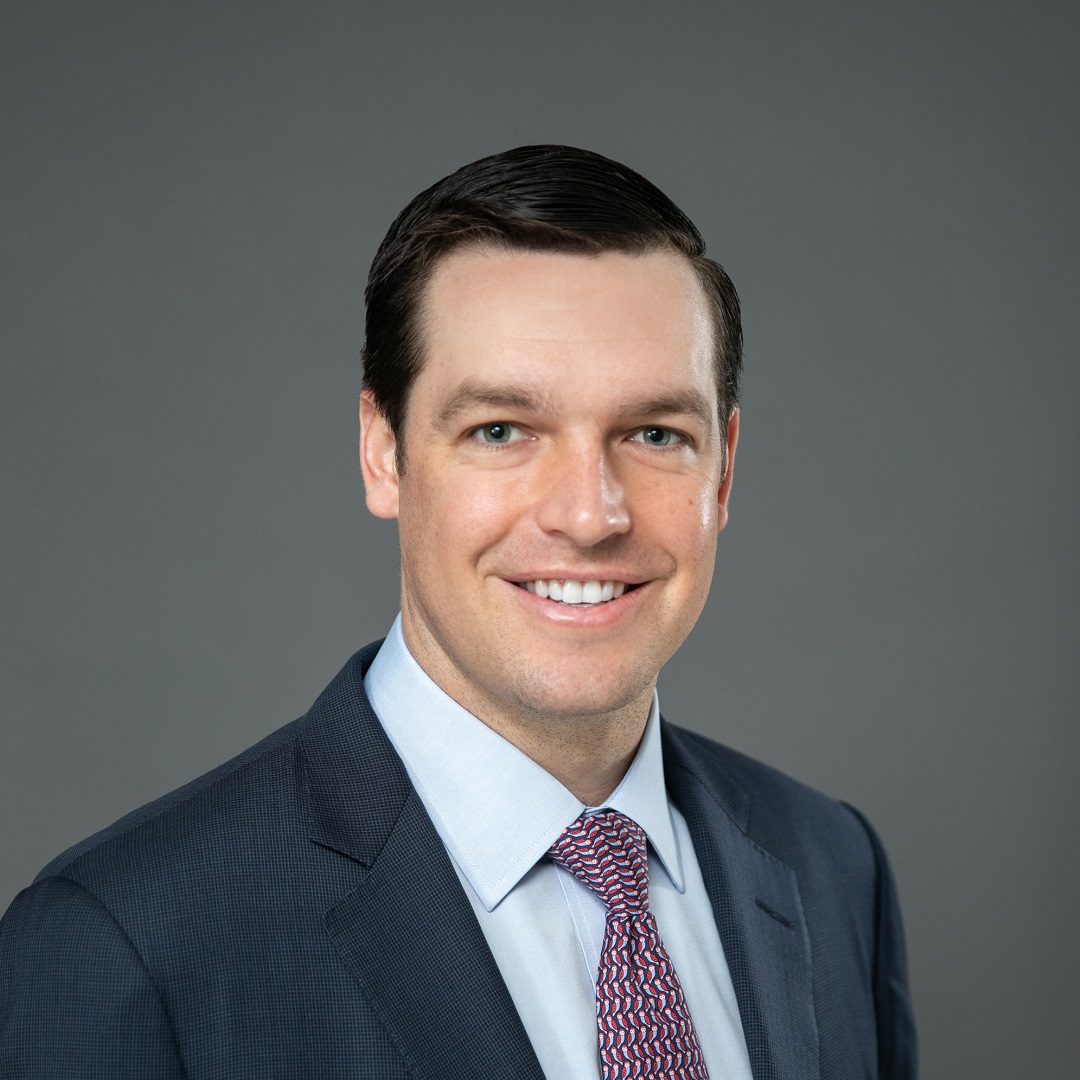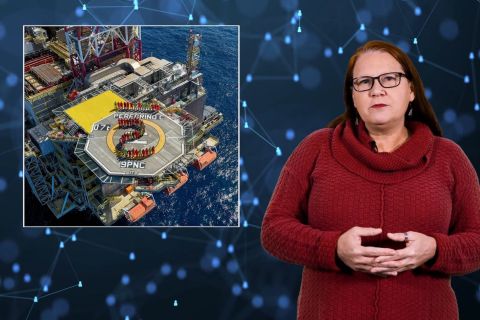
(SOURCE: HART ENERGY/SHUTTERSTOCK.COM)
[This story first appeared in Oil and Gas Investor's Capital Options supplement in October 2020. Subscribe to the magazine here.]
Cash-strapped? Bad credit? Out of marketable assets to sell? Welcome to much of the oil and gas industry, with a dash of pandemic.
The industry’s bone-crushing fall from grace since 2014 has already led to deep mistrust from lenders and investors. Some companies may choose to wait out what has essentially been a half-decade of downcycles in the upstream sector. Some may have just enough wiggle room on their balance sheets and just enough oil to squeeze out of the rocks to survive.

—Jim Wicklund, Stephens Inc.
Alternatives are narrowing even more.
At the recent Summer NAPE “Where’s the Money Going to Come From” discussion on the future of oil and gas capital markets, panelists said even the usual confidence afforded companies with proved developed producing (PDP) assets has eroded.
Jim Wicklund, managing director with Stephens Inc., set the stage for the panel and the oil and gas industry 2020 version of Macbeth.
“Most of the production that we brought on over the last several years was not economic,” Wicklund said. “If you look at the 21 E&P companies that have been public over the last 10 years, they outspent cash flow for seven of those years in order to build value. Over that 10 years, these 21 companies lost $96 billion in market cap value and $36 billion in net income.”
Lending
Now that energy investments make up just 2.5% of the S&P 500, the industry is trying to meet the demand of positive new income. As the industry has struggled, they have spread the pain among energy-focused banks, private-equity providers, and public and private investors.
What emerges will be an energy banking sector far more risk averse. Mari Salazar, senior vice president and manager for BOK Financial, said when she started in energy banking, banks felt secured if operators had PDP assets. That confidence has plummeted as losses have soared in bankruptcy.

If “you were a senior secured lender and you really didn’t have much of a risk for loss, that has really changed these days,” she said. “You’ve seen articles where banks have taken $0.31 on the dollar or $0.50 on the dollar. And that’s really what I think has changed the market.”
The pandemic “allowed us to rethink how we’re approaching our customers and really needing to prepare ourselves for the fall and what that would look like,” she added.
Banks, now aware of their vulnerabilities, will place stricter controls on lending.
“You’re going to see tighter structures. We’re starting to see that now [with] cash flow sweeps, tighter RP [restricted payment] baskets,” she said.
Banks may shift to terming out debt rather than holding, essentially, “perpetual debt” that remains on the books until a transaction or more favorable yields.
With capital availability such a crucial part of the industry’s future, Salazar said the banks with a long history of energy lending will still be there. However, she also said some banks will exit the space by selling portfolios or paring down their overall energy exposure.
“What we are looking for more these days is really getting back to energy lending 101,” she said.
Redetermination season looks to be more challenging than ever now that even once-secure PDP assets have let down banks.

Dan Pickering, CIO for Pickering Energy Partners, said the industry may see the most highly levered companies emerging from bankruptcy because creditors want to hold onto as much money as possible. Some of those companies that have already been through bankruptcy are still overleveraged.
“They put a number of companies out there with frankly too much debt, and we’re seeing some of them go back” into bankruptcy, Pickering said.
Pickering expects a number of “zombie” companies with mediocre assets and mediocre balance sheets to “limp along for a long time in sort of purgatory.” Some of the companies will liquidate their assets, and some will face obsolescence as acreage goes undrilled.
“A lot of it’s in the hands of these have nots, and some are going to limp along and sort of survive but not thrive. And others are going to have to get restructured,” he said.
Relationship banking will play a more important role in energy lending post-pandemic, with banks knowing their clients, their business model and understanding businesses’ collateral.
“We really lead with our technical team, and I think it becomes super important,” Salazar said.
Pickering said the industry is fighting headwinds, such as concerns over ESG, the industries inability to make money or peak demand concerns.
“We’re six years into a downturn here,” he said.
The industry has had to pivot from a focus on growth that was supported by commodity prices and OPEC. With both legs kicked out from under it, energy is now the worst-performing sector in the S&P on a one-, three-, five- and 10-year basis.
But the reality is that energy is relevant for the foreseeable future, Pickering said. Investors can be lured back by returning money to them. A move is already underway in the industry to send free cash flow to investors and sink less back into the ground.
During the next three to five years, Pickering sees the industry resetting from the current cyclical trough, which has starved operators of capital and caused drilling activity to come down and production with it.
“Assuming we don’t have a global recession coming off of this kind of a pandemic, then we’re going to find equilibrium and prices will improve,” Pickering said. “So sometime in the next three to five years … prices are going to be back to the point where investing in the business generates good money. So that will turn people’s heads.”
The industry also appears to understand that it has passed the tipping point on ESG and climate, and it will need to better manage carbon emissions.
Pickering noted that bp Plc recently announced it would reallocate spending toward green energy over the next five years. The company said in August it would increase its low-carbon investments tenfold by 2030.
“The simple answer is the numbers have to get better,” he said. “There’s some skepticism now in the investor community that energies can’t make money or [that] it’s time has passed because peak demand is coming or [because of] ESG concerns.”
For renewed investment, Pickering said oil prices likely need to be in the $50 range, with cash given to investors regularly.
“It will start to bring people back,” he said. “Greed will bring people back.”
M&A
If there’s one silver lining from the pandemic, it’s made clear “who are the haves and who are the have nots,” said Steven Cobb, vice president with private-equity firm Pearl Energy Investments.

“The ability to select what assets, what companies are truly investable—you had a pretty clear picture of it for a short while,” he said. “Obviously, there’s still distressed [companies] out there today, but you know, I think what happens is the haves have a great opportunity to continue to raise some form of capital and start growing through and picking up some of these zombie companies.”
Consolidation of such companies, depending on the quality of their assets, will represent opportunities for private-equity firms and financially healthy companies to engage in mergers and consolidation. For the rest, “if you’re a private-equity firm, if you’re an operating company [or] if you’re not growing today and generating real scale, it’s going to be hard to create value.”
Cobb said Pearl will be extremely conservative about the acquisitions that involve leveraged returns.
“Today it’s just not going to be something that we’re going to bet on,” he said.
Operating companies that aren’t growing and aren’t building out to scale will find it difficult to create value.
“Otherwise, you’re a zombie company. You’re treading water and you won’t be able to withstand the next wave of cyclicality that we know is coming in the industry,” he said.
The financially healthy companies will have a unique opportunity—to access capital and start picking up assets at a low price.
“You might actually see a little bit of tailwinds to the commodity. If you think of who is actually going to be able to develop assets and put supply online, it’s only going to be the healthiest companies” with tier one acreage and assets.
“As the shale industry or shale boom has progressed over the last decade, it’s shown you that those sweet spots only get smaller and smaller over time,” he said.
Pickering said he expects a more disciplined approach to M&A.
“There’s going to be more deals and less money for those deals,” he said.
Mergers of equals have been a safe way to combine assets without setting off investor shockwaves. Other deals are taking different routes. In August, for instance, Antero Resources signed a volumetric production payment agreement with an affiliate of JPMorgan. The agreement pays Antero $220 million upfront in exchange for seven years of natural gas revenues.
However, for now capital is still difficult to find given the challenging times, the political atmosphere and low prices. With potential upheaval, dealmakers don’t want to get cute, Pickering said.
“I think that you can be creative, but you’re not going to be able to do some of the fast and loose stuff that we’ve seen in this sector for a while,” he said.
But Pickering offered some sunlight on the industry’s many challenges.
“The reality is there is a great opportunity,” he said. “This is sort of our generation’s 1986 and what came after ’86, which was a terrible year in the oil patch, was some really good returns and great returns for investments.
“We’re going to make money, putting money to work down here over the next two, three, four years. And it may take a while for people to realize that’s coming,” he said.
Recommended Reading
Comstock Continues Wildcatting, Drops Two Legacy Haynesville Rigs
2024-02-15 - The operator is dropping two of five rigs in its legacy East Texas and northwestern Louisiana play and continuing two north of Houston.
Tech Trends: SLB's Autonomous Tech Used for Drilling Operations
2024-02-06 - SLB says autonomous drilling operations increased ROP at a deepwater field offshore Brazil by 60% over the course of a five-well program.
TPH: Lower 48 to Shed Rigs Through 3Q Before Gas Plays Rebound
2024-03-13 - TPH&Co. analysis shows the Permian Basin will lose rigs near term, but as activity in gassy plays ticks up later this year, the Permian may be headed towards muted activity into 2025.
US Drillers Add Most Oil, Gas Rigs in a Week Since September
2024-03-15 - The oil and gas rig count, an early indicator of future output, rose by seven to 629 in the week to March 15.
US Drillers Add Most Oil Rigs in a Week Since November
2024-02-23 - The oil and gas rig count rose by five to 626 in the week to Feb. 23




